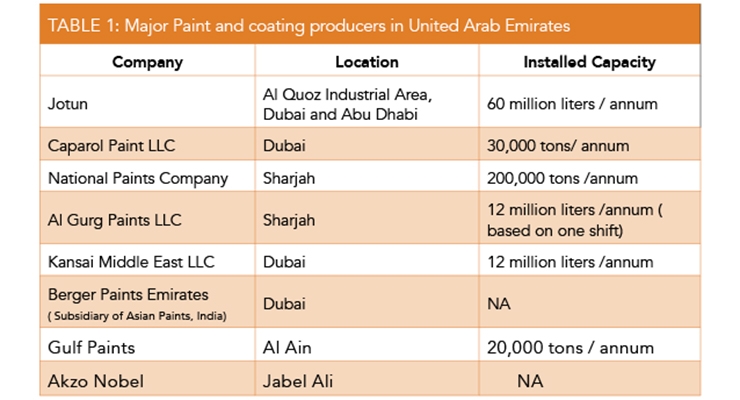Learn More About The Ways In Which Seasonal Aspects Can Impact The Success Of Commercial Exterior Paint And Identify The Best Times To Attain Lasting Results For Your Task
Learn More About The Ways In Which Seasonal Aspects Can Impact The Success Of Commercial Exterior Paint And Identify The Best Times To Attain Lasting Results For Your Task
Blog Article
Created By-Carlson Decker
When you're preparing an industrial external paint job, seasonal aspects can make or break your outcomes. You'll want to take into consideration just how temperature and moisture influence paint application and drying out times. Picking the ideal season can guarantee your paint adheres properly and lasts much longer. Yet which seasons are absolutely the best for this type of job? Let's explore the crucial elements that can influence your job's success.
The Impact of Temperature Level on Paint Application
When you're preparing a commercial external painting task, the temperature can dramatically influence exactly how well the paint adheres and dries out.
Ideally, you intend to paint when temperatures range between 50 ° F and 85 ° F. If it's too chilly, the paint may not treat properly, causing concerns like peeling or breaking.
On the other side, if it's also warm, the paint can dry also rapidly, preventing appropriate adhesion and leading to an irregular finish.
You ought to likewise consider the moment of day; morning or late afternoon provides cooler temperature levels, which can be more desirable.
Always inspect the maker's referrals for the specific paint you're utilizing, as they commonly give advice on the ideal temperature range for optimal outcomes.
Humidity and Its Impact on Drying Times
Temperature isn't the only ecological variable that influences your commercial external painting task; humidity plays a significant role also. High humidity degrees can slow down drying times drastically, affecting the total top quality of your paint job.
When the air is filled with wetness, the paint takes longer to treat, which can lead to issues like inadequate adhesion and a higher danger of mold growth. If you're painting on a specifically damp day, be gotten ready for prolonged wait times between coats.
It's important to keep track of regional climate condition and plan appropriately. Preferably, go for humidity degrees between 40% and 70% for ideal drying.
Keeping these factors in mind ensures your task stays on track and provides a long-term finish.
Best Seasons for Commercial Outside Paint Projects
What's the most effective season for your industrial outside painting tasks?
Spring and early autumn are generally your best bets. Throughout these seasons, temperatures are mild, and moisture levels are often lower, creating ideal conditions for paint application and drying out.
Stay clear of summer's intense heat, which can create paint to dry also swiftly, causing poor adhesion and surface. In a similar way, winter months's cool temperature levels can impede appropriate drying out and treating, running the risk of the longevity of your paint work.
Go for days with temperatures between 50 ° F and 85 ° F for optimal outcomes. Bear in mind to inspect the local weather prediction for rainfall, as damp conditions can ruin your project.
Planning around these aspects guarantees your paint job runs smoothly and lasts longer.
Conclusion
Finally, planning your commercial outside paint tasks around seasonal factors to consider can make a significant distinction in the result. By free house painting software during the excellent temperature levels and moisture levels, you'll make certain better bond and drying times. Bear in mind to keep an eye on local weather forecasts and choose the right time of year-- springtime and early autumn are your best bets. Taking Link Website will certainly aid you accomplish a durable and specialist surface that lasts.
